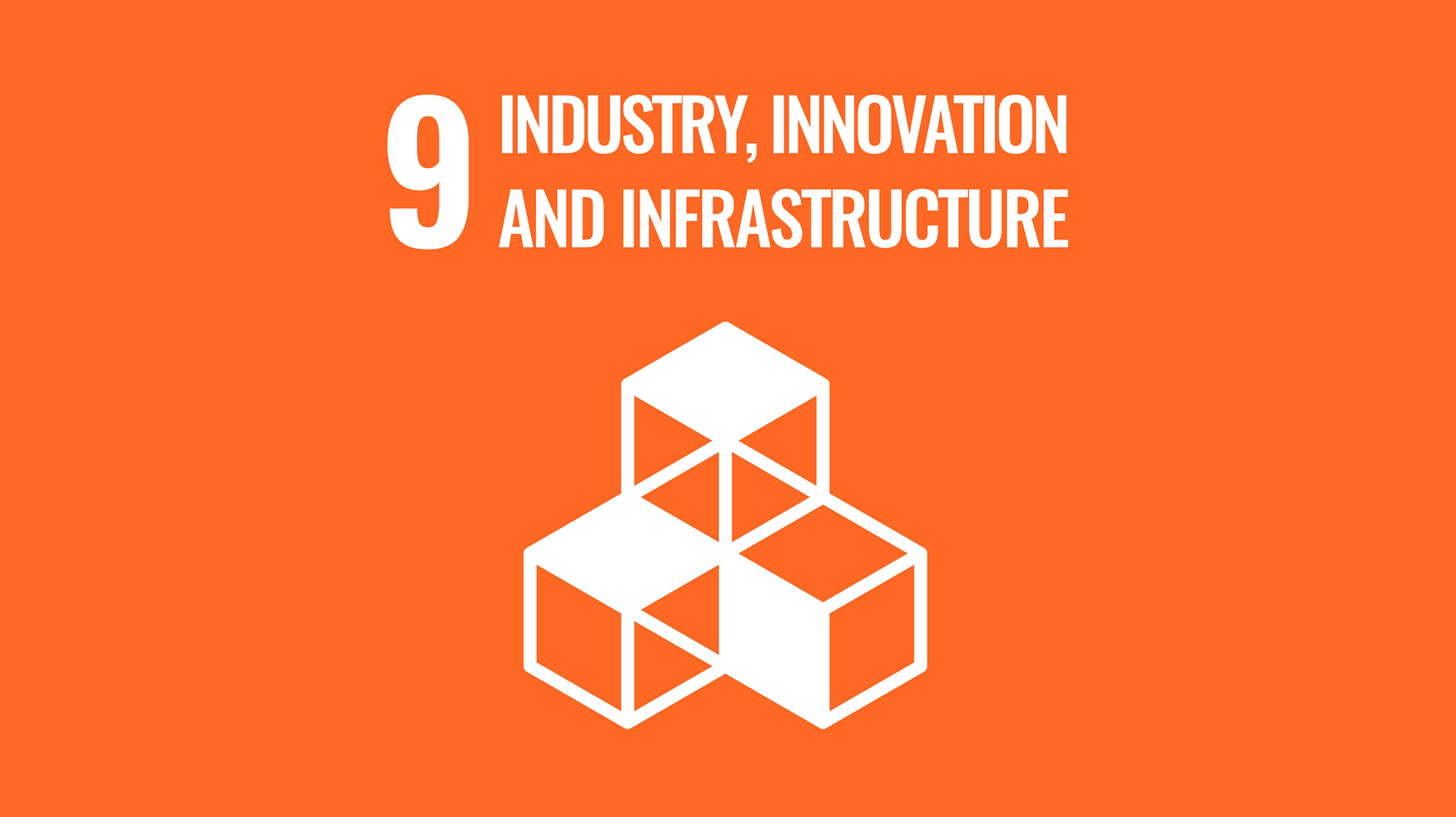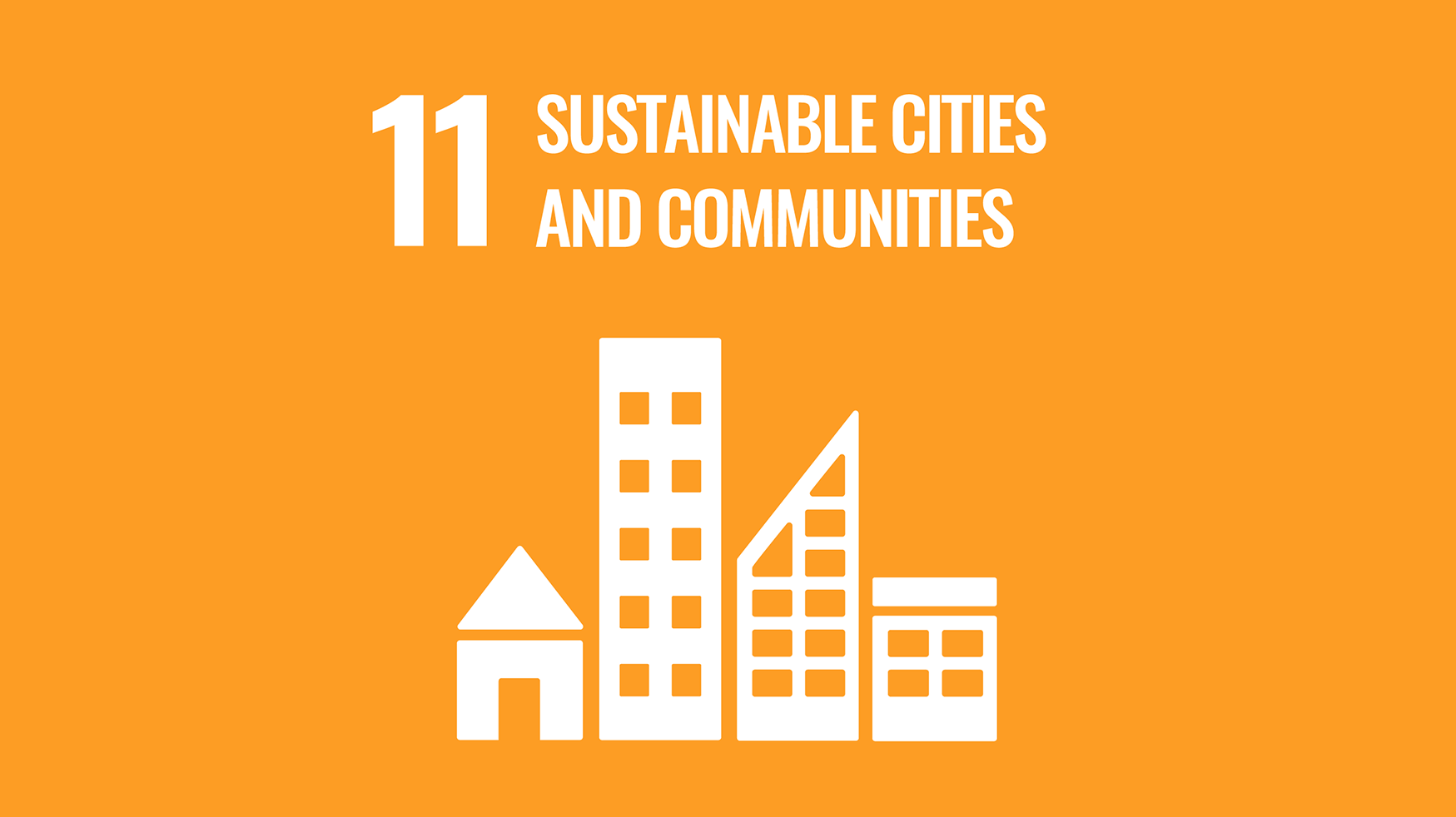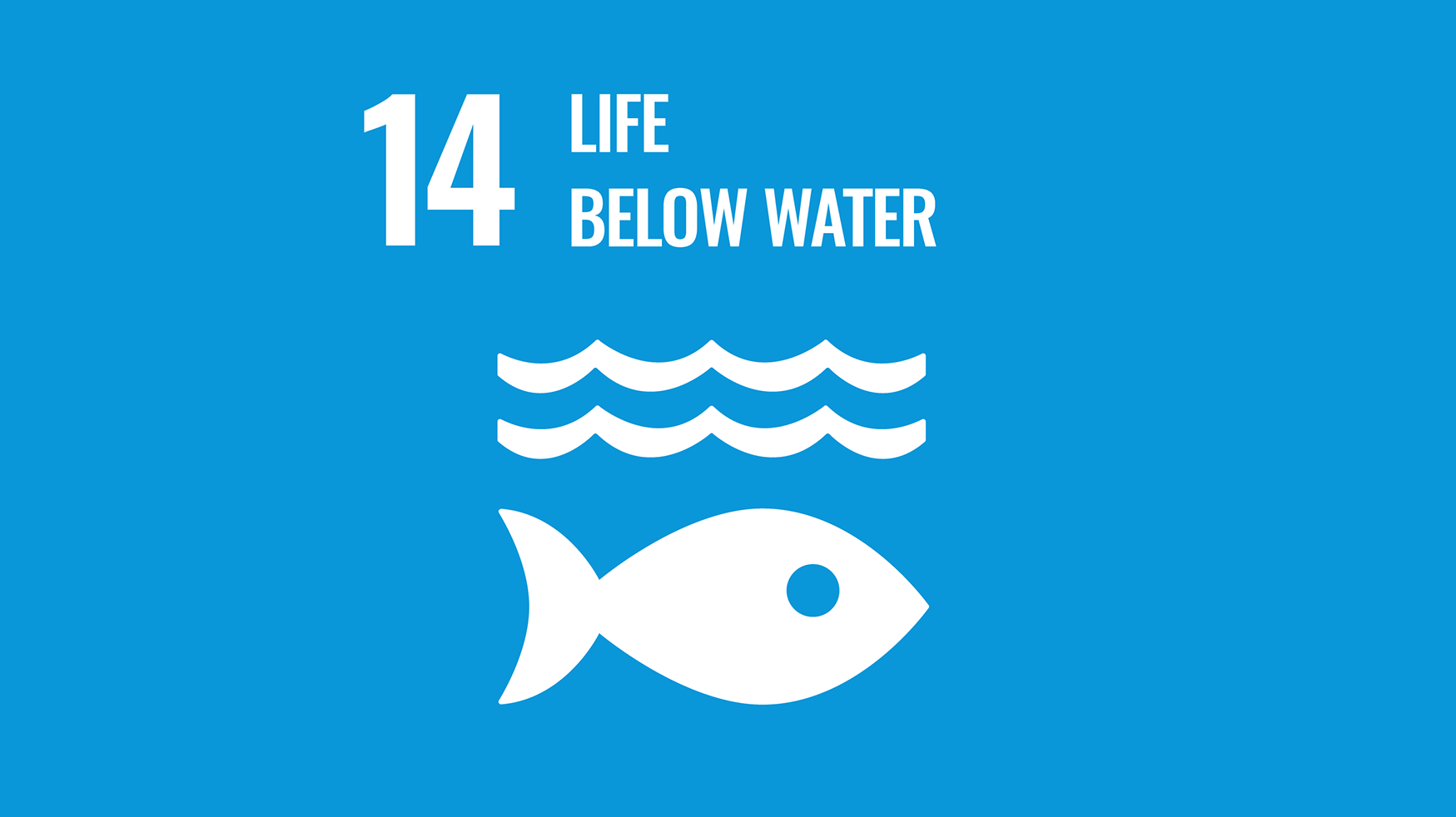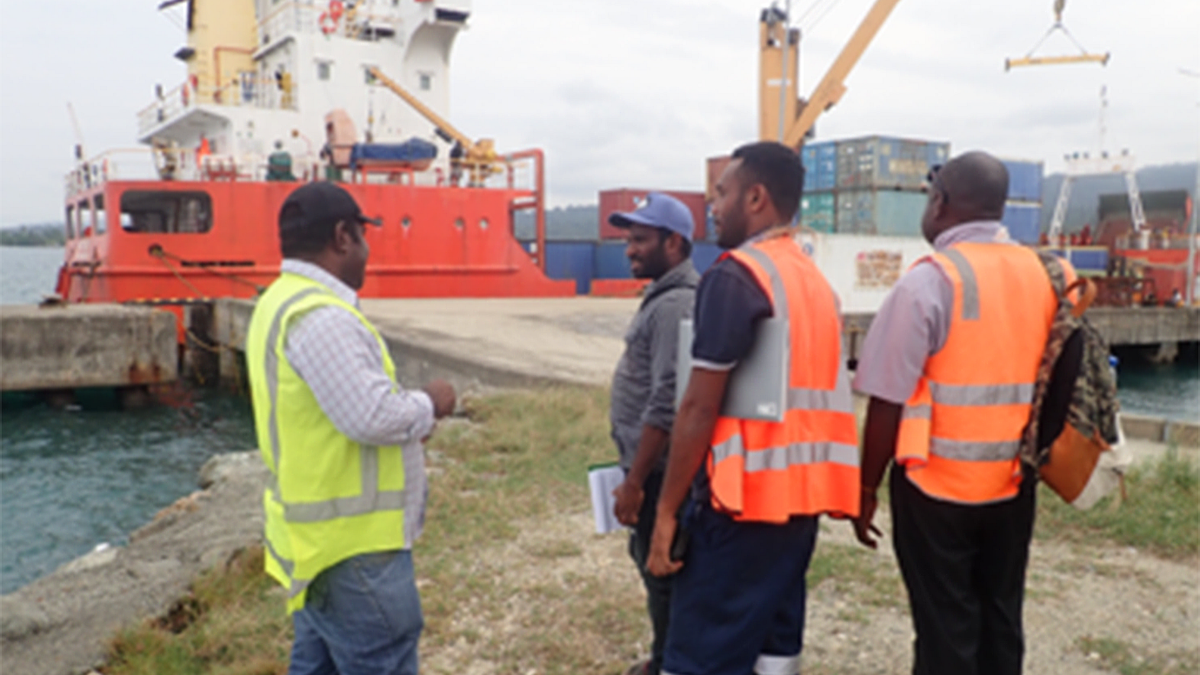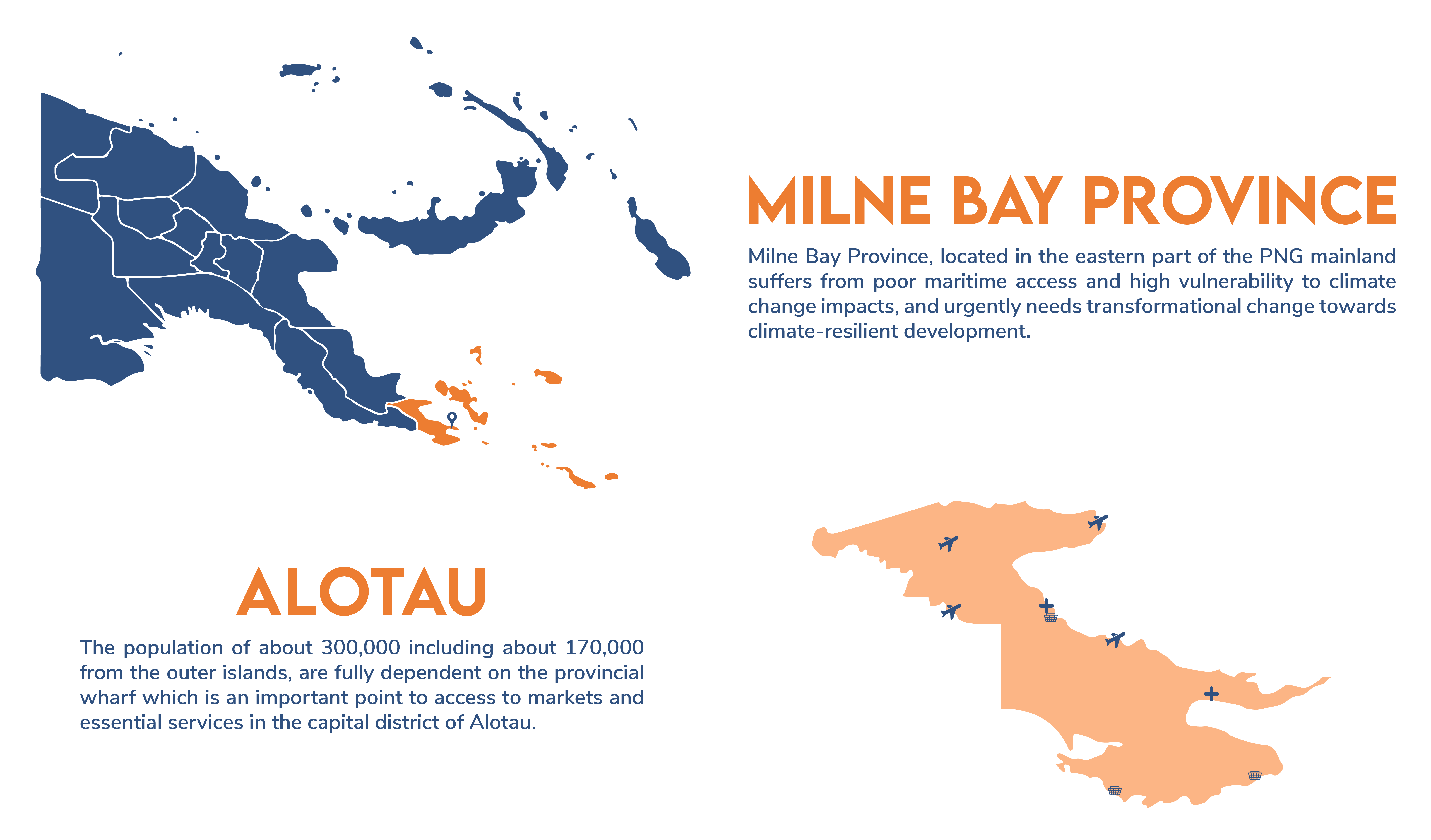
The Government of Papua New Guinea (PNG) received a USD 24.25 million grant from the Asian Development Bank (ADB) to implement the BRCC project – “Building Resilience to Climate Change in PNG” (2018-2022) to achieve transformational change in addressing current and future threats from climate change and related hazards.
The project addressed threats from climate change and related hazards by improving the accessibility of the provincial town of Alotau for the low-income population living in remote outer islands. Reliable maritime infrastructure is an essential pre-requisite for facilitating trade, supporting economic development, providing health services and reducing poverty in the outer islands.
The Ports Enabling Framework Consultants package supported the PNG Ports Corporation Limited (PNGPCL) with the development of an enabling framework to reinforce climate change interventions. In the long run, the project increased the capacity to manage climate change risks through the establishment of early warning systems, access to finance by communities, and the development of database and knowledge management systems.
Implementation
To successfully accomplish the contract’s objectives, NTU developed climate change projections to guide climate proofing of port infrastructure in PNG.
In this regard, NTU has:
- Established the adaption objective,
- Constructed climate change scenarios,
- Identified vulnerabilities, biophysical and socioeconomic drivers of vulnerabilities,
- Identified all potential adaption options,
- Establish arrangements for implementations,
- Identified the needs for technical support and capacity building,
- Designed and monitored an evaluation plan with suitable performance indicators.

Maritime facilities and associated infrastructures need to be made resilient to the adverse impacts of climate change. Recognising this, NTU has developed climate change projections to guide the development of policies and hard engineering standards for climate proofing of maritime infrastructure.
Further structural considerations for climate proofing of port facilities and associated maritime infrastructure include i) raising the height of the causeway road, ii) improving the structural strength of drainage systems since uncertainty in projected rainfall makes replacement of drainage financially unviable, iiii) incorporating sea level rise projections into future port infrastructure designs to ensure infrastructure is built higher than expected rises during the design life, and iv) reinforcing rock walls built to withstand stronger, higher wave surges.
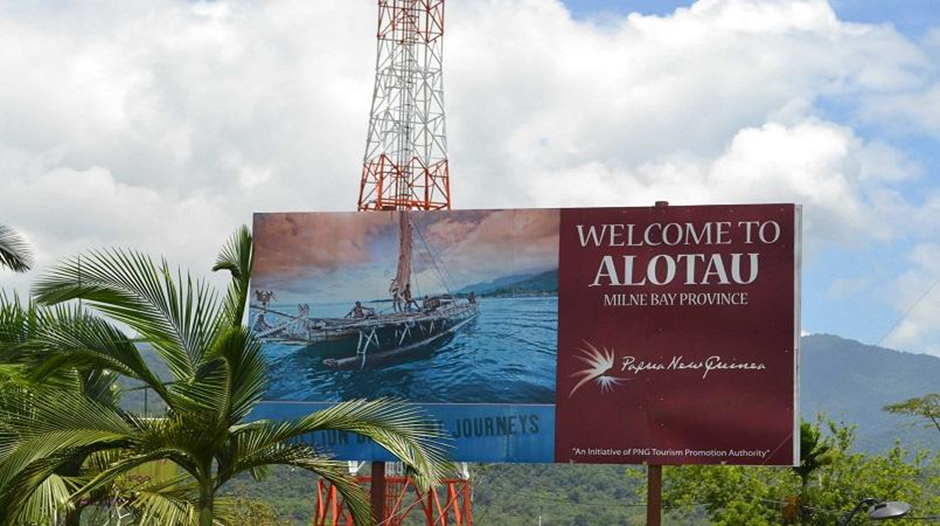
Impact
NTU built upon previous climate change projections conducted in the context of the PNG Bridge Replacement for Improved Rural Access Project for developing district level climate change projections addressed to vulnerable districts and having the aim to inform the climate proofing process of port infrastructure managed by PNGPCL and Provincial/district governments.
NTU supported the improvement of climate change resilience of the vulnerable social and economic support system of isolated island communities while proposing climate proofing solutions for existing critical infrastructure. The project also established modalities to integrate climate change risk management into the day-to-day operations of PNGPCL and other agencies responsible for operating and maintaining coastal assets.
The outcome of the project was a model to replicate and build on for other key maritime infrastructure authorities and agencies in Papua New Guinea.
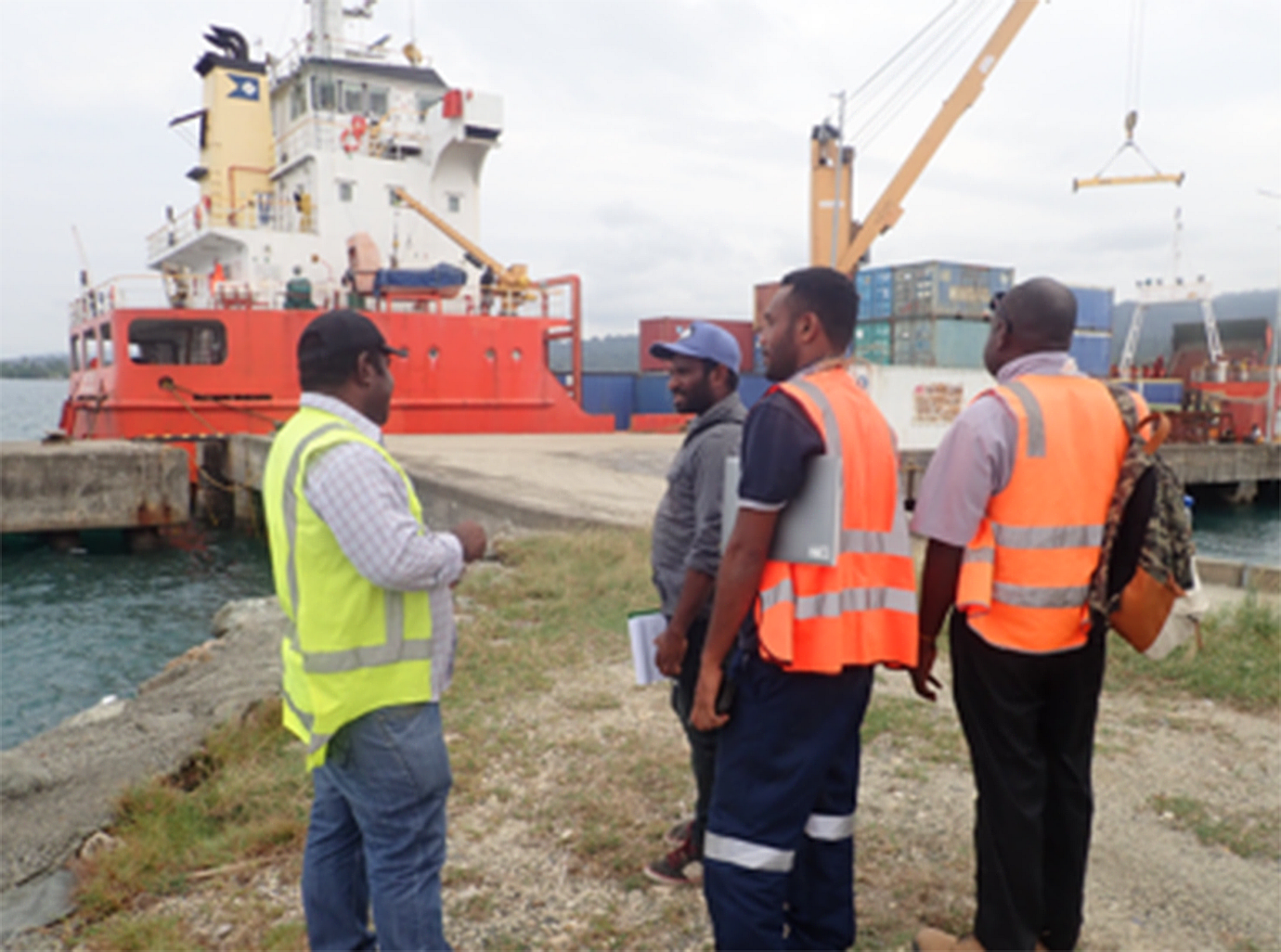
SDGs
